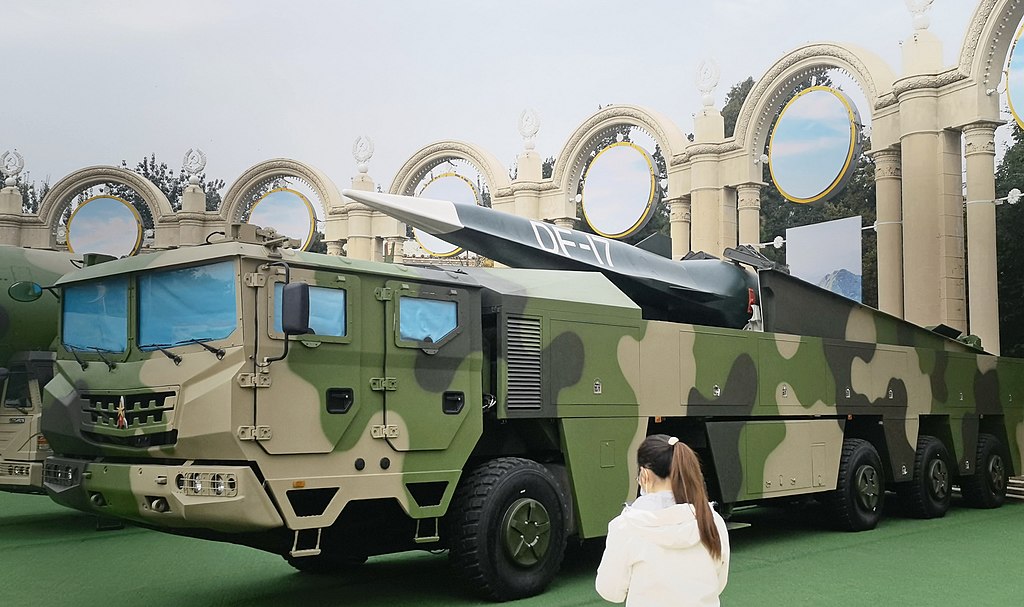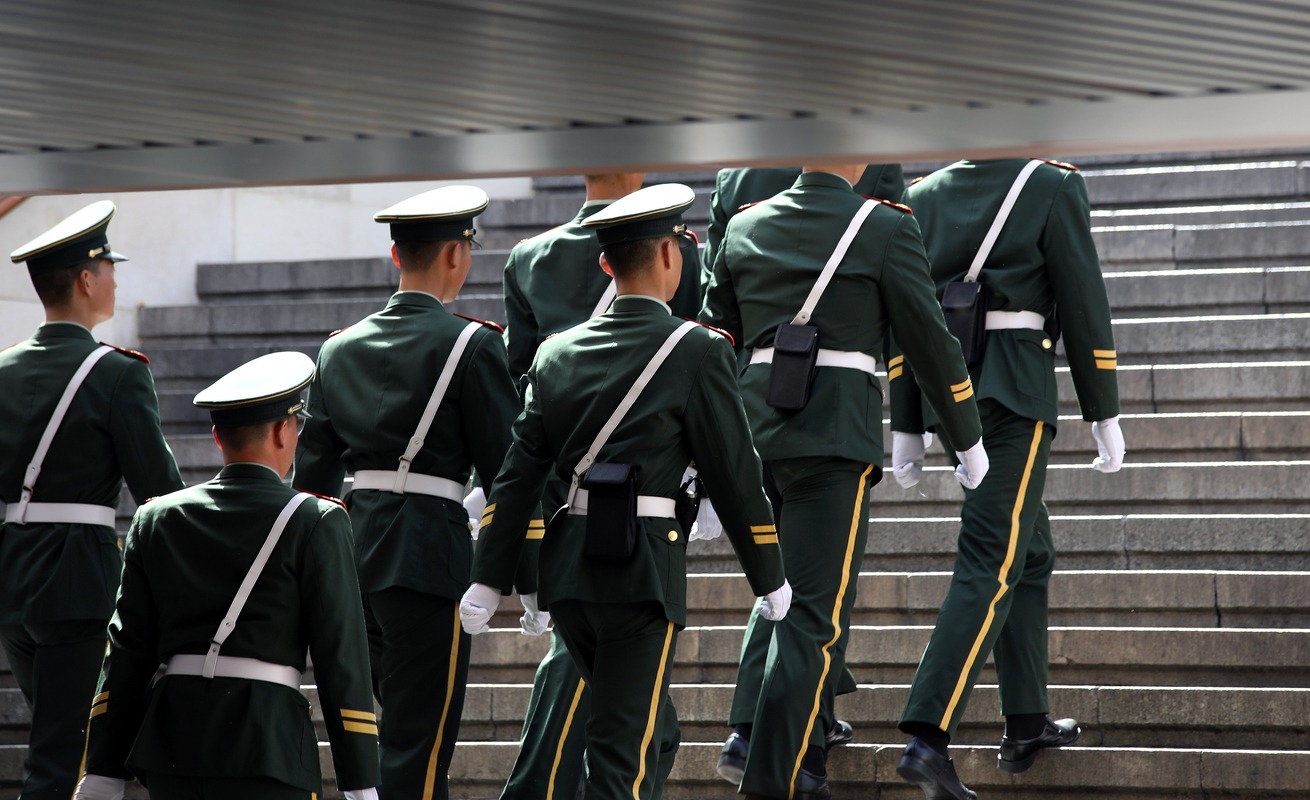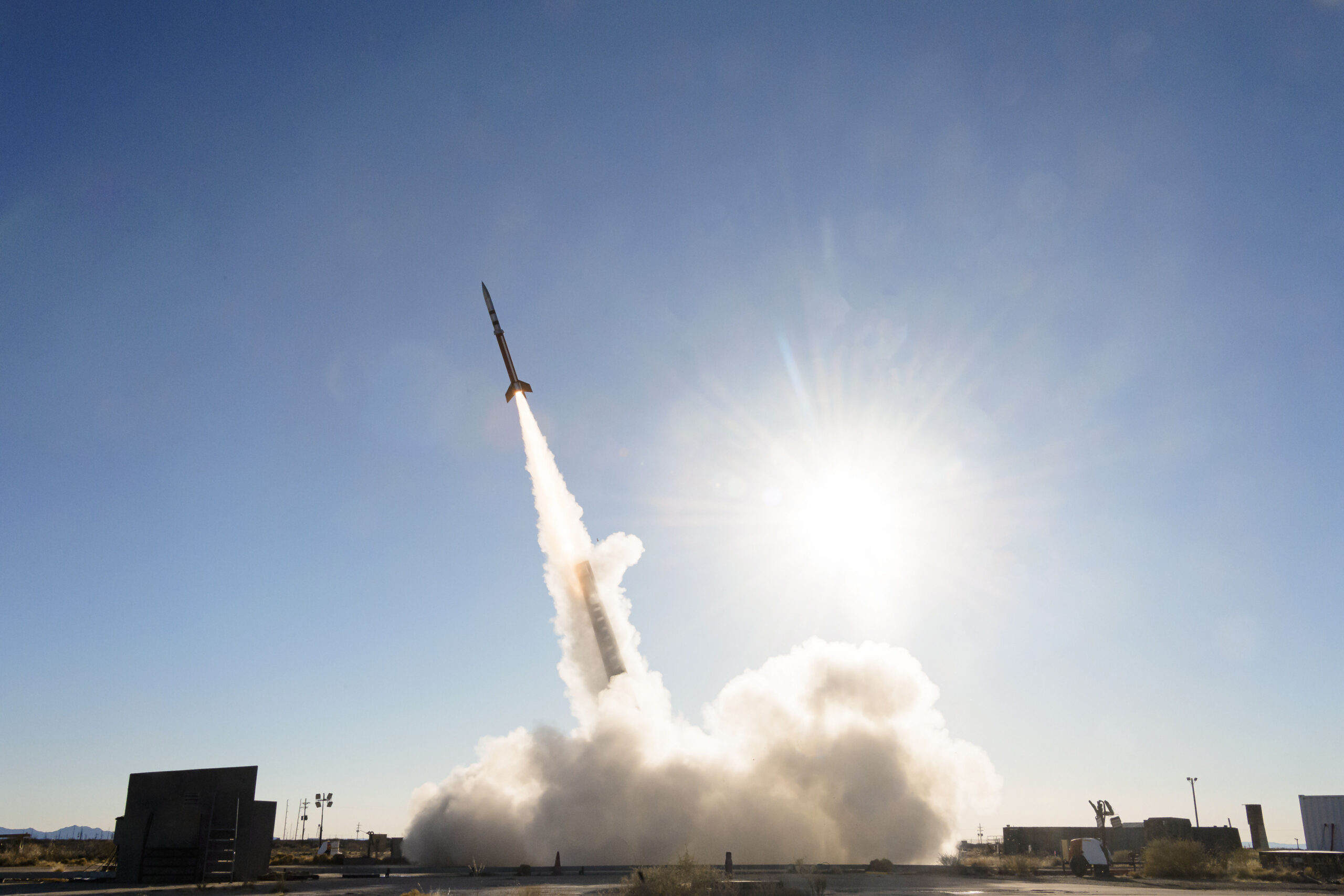What Are China’s Nuclear Weapons For?
FOREIGN AFFAIRS
APLN member Tong Zhao wrote a response to Ashley Tellis’ comments on his essay in Foreign Affairs, highlighting that understanding the motivations behind China’s nuclear expansion is essential to anticipating future nuclear development, deployment, and employment strategies, as well as Beijing’s potential responses to U.S. countermeasures.
The United States has long experience tackling nuclear threats and is accustomed to devising military-technical solutions for given security problems. It knows how to deter aggression when an adversary’s military objectives are clear. Yet China’s are not. Accordingly, grasping the nuclear challenge requires comprehensive understanding of how internal changes in the Chinese system are reshaping Beijing’s traditional nuclear thinking. This evolution has led to growing inconsistencies and tensions in a nuclear doctrine developed in a centralized, stovepiped system in which political loyalty often trumps technical rationality. It is not hard to see how China’s “ambiguous political reasoning and muddled thinking” have led to significant blunders, on everything from “zero COVID” to the crackdown on high-tech industries. I wish I shared Tellis’s optimism that China’s nuclear policy goals are “thought through carefully,” but the evidence suggests that policymakers should be wary of assuming flawless internal policy logic or coherence when analyzing China’s nuclear strategy.
To point out the political drivers behind China’s nuclear buildup is not to justify it. Nor is my essay a call for the United States to remain passive in the face of China’s expansion. Rather, it urges Washington to avoid defaulting to worst-case-scenario thinking and to strive for the most realistic threat assessments possible. Here, I disagree with experts who downplay the importance of exploring the motivations behind China’s nuclear expansion, believing that only the results matter. Understanding those motivations is essential to anticipating future nuclear development, deployment, and employment strategies, as well as Beijing’s potential responses to U.S. countermeasures.
Such understanding will also allow policymakers to craft more effective diplomatic strategies for engaging China on nuclear risk reduction. A nuclear expansion driven by political objectives may offer more opportunities for Washington to influence China’s future nuclear development, explore agreements on nuclear restraint, and reduce the risk of misinterpretation and overreaction. Indeed, disentangling nuclear competition from political rivalry is an urgent task, and understanding China’s thinking is the crucial first step.
The full article can be accessed here.
Image: iStock/hanhanpeggy




